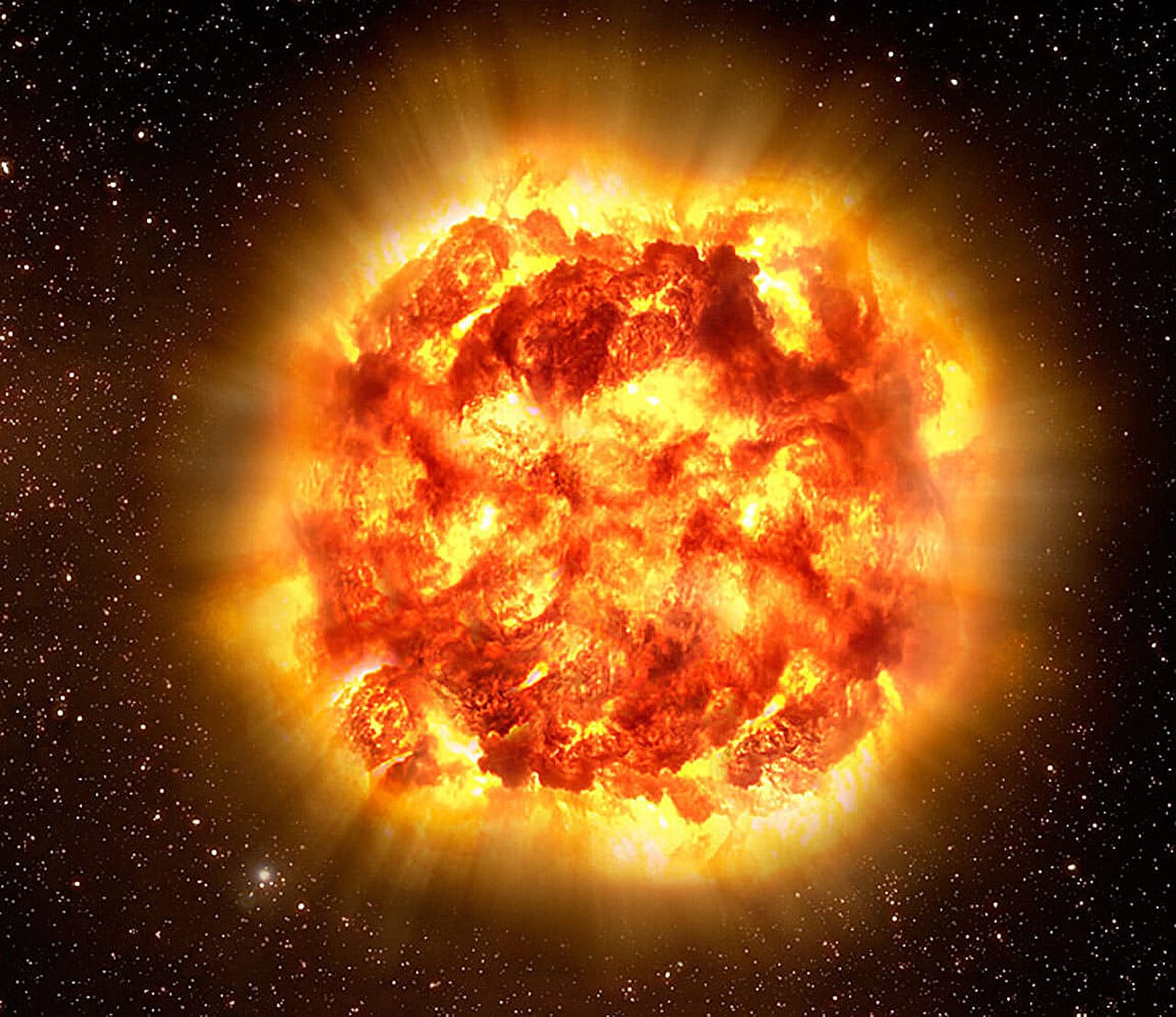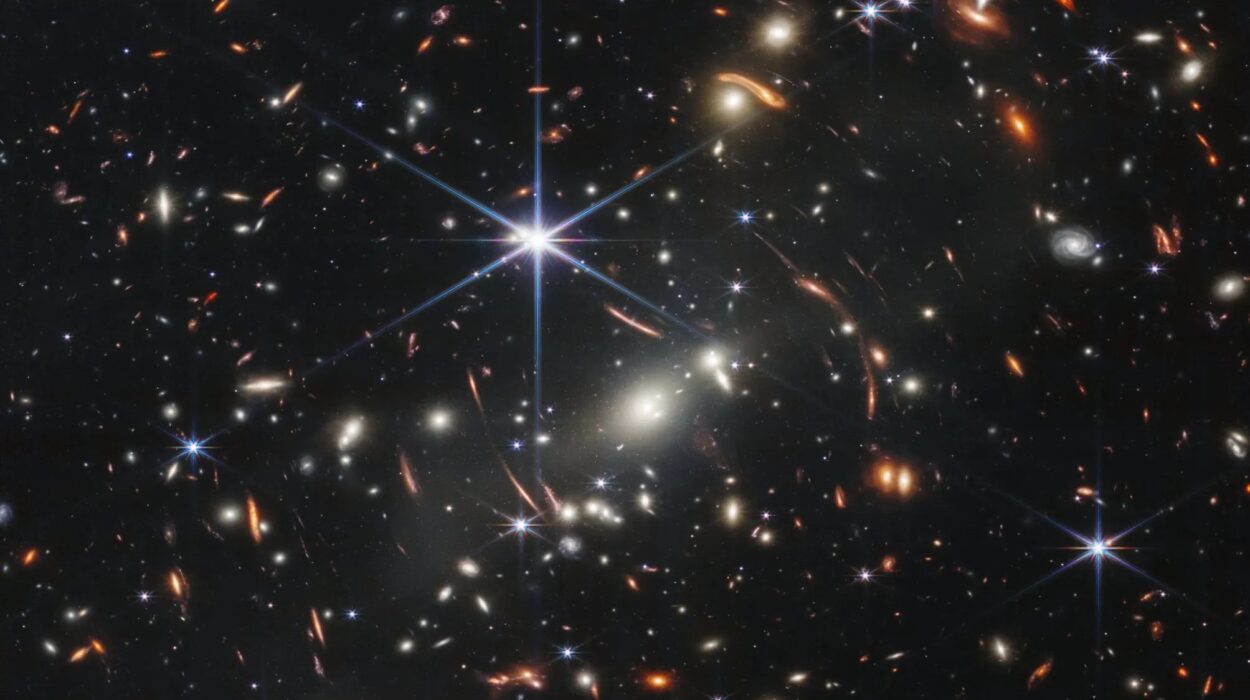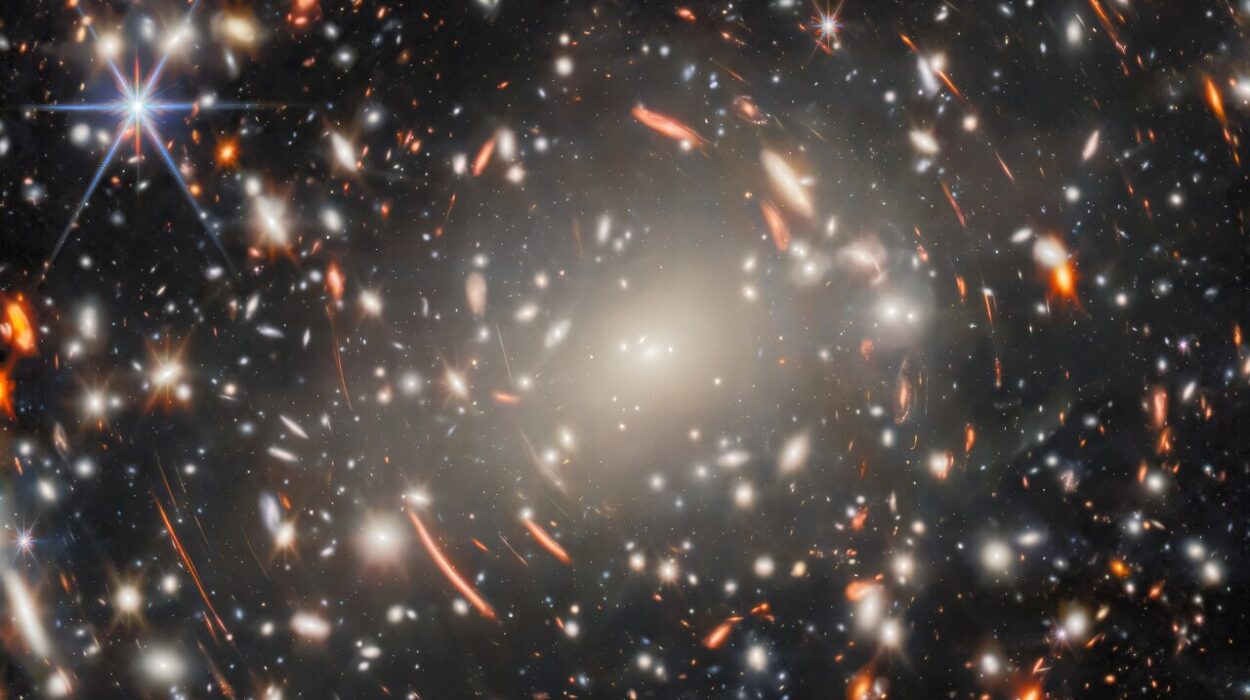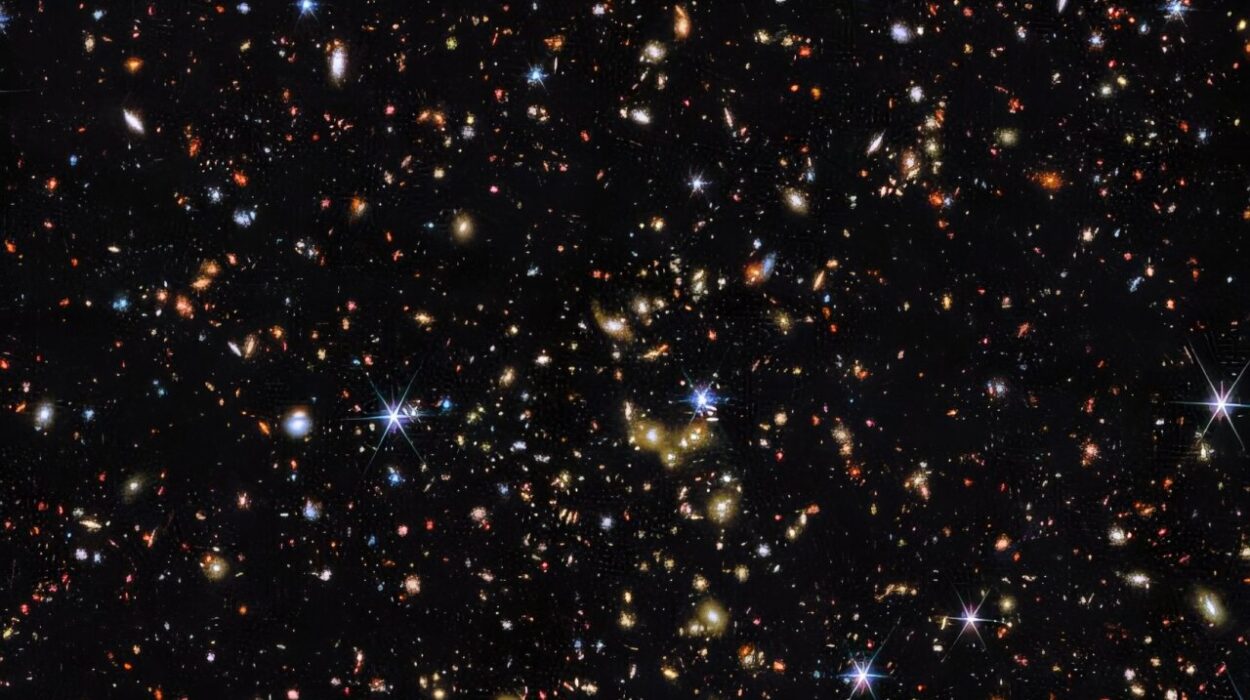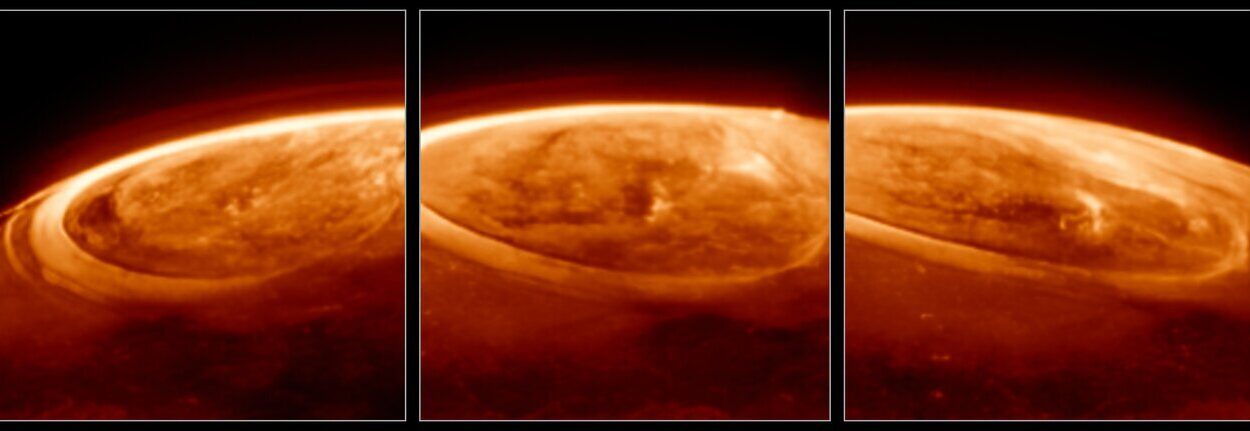We gaze up at the stars each night with wonder. They twinkle gently above us, serene and constant. But beyond that peaceful curtain lies a universe of unimaginable violence. Stars are not eternal. They are not tranquil. They are thermonuclear engines, burning furiously for millions or billions of years. And when they die, some die quietly—but others go out in a blaze of fury.
A supernova is the final, catastrophic breath of a massive star. It is beautiful. It is terrifying. And if one were to explode near Earth, the consequences could reach across our atmosphere, our ecosystems, our DNA—and potentially, our civilization itself.
Understanding the nature of supernovae and their potential impact is more than an exercise in cosmic storytelling. It is a matter of scientific importance, and perhaps, long-term survival. Because though space is vast, supernovae are not distant fables. They have shaped Earth’s history before—and they may do so again.
The Death of a Giant
Not all stars go supernova. Only the most massive—those at least eight times the mass of our Sun—are doomed to end in spectacular destruction. For millions of years, they fuse hydrogen into helium in their cores, releasing immense energy. As they age, they burn heavier elements—helium to carbon, carbon to oxygen, all the way up to iron.
But iron is the final straw.
Fusing iron doesn’t release energy—it absorbs it. When the core becomes mostly iron, the star can no longer hold itself up. Gravity wins. In a matter of seconds, the core collapses, smashing protons and electrons into neutrons. The outer layers rebound in a titanic shockwave. This is the moment of detonation. The explosion tears the star apart, releasing more energy in one instant than the Sun will emit in its entire 10-billion-year lifetime.
Light from that death blast races outward at 300,000 kilometers per second. It can outshine entire galaxies for weeks. And if it’s close enough, we will see it. More importantly, we will feel it.
The Sky Ablaze: What We’d Witness First
If a supernova exploded within a few dozen light-years of Earth, it wouldn’t sneak up on us. First, the burst of light—called the “prompt emission”—would hit our atmosphere. It would likely be visible even during the day, brighter than the full Moon, perhaps casting shadows at night for weeks.
Imagine the sky not darkening for months, the constellations vanishing in the wash of blue-white brilliance from a dead star.
But light is just the beginning.
Alongside visible light comes a flood of other radiation: gamma rays, X-rays, ultraviolet light. These are high-energy photons, invisible but dangerous. If the supernova were close enough—say, within 30 light-years—the intensity of this radiation could begin tearing apart molecules in our upper atmosphere.
The ozone layer, that fragile shield that protects us from the Sun’s ultraviolet rays, would be one of the first casualties.
A Shredded Sky
Ozone is our invisible armor. Without it, solar UV light reaches the surface in full, lethal intensity. A nearby supernova could destroy up to 50% of the ozone layer, or more, depending on proximity and atmospheric conditions. The process would unfold over weeks or months—not with a bang, but a slow unraveling.
With less ozone, plants and animals suffer. Plankton, the foundation of the oceanic food web, is extremely sensitive to UV radiation. A die-off in plankton could ripple upward through marine ecosystems, leading to famine in fish populations and collapses in global food chains.
On land, unfiltered UV can cause widespread skin cancers, damage to plant tissues, and reproductive issues in animals. Humans might have to shelter indoors during daylight hours, cover every inch of exposed skin, or develop technologies to filter incoming solar radiation.
The destruction would not be dramatic at first. But slowly, across months and years, the biosphere would begin to bend—and possibly break.
The Silent Bombardment
The next threat comes invisibly.
After the radiation flash, a supernova sends out charged particles—cosmic rays—that can take years or even centuries to arrive. These aren’t ordinary particles. They are traveling near light speed, accelerated by the shockwaves of the explosion. Protons, atomic nuclei, and electrons fly through interstellar space, battering anything in their path.
Earth’s magnetic field and atmosphere usually protect us from most cosmic rays. But a nearby supernova could overwhelm those defenses. The result could be increased mutation rates in DNA across the globe.
This isn’t a science fiction fantasy. Evidence in ancient seabed sediments suggests that a supernova may have exploded near Earth about 2.6 million years ago, at the start of the Pleistocene epoch. Researchers have found iron-60 isotopes—a radioactive fingerprint of stellar death—embedded in Earth’s crust. Around the same time, a wave of extinctions occurred in marine megafauna. A coincidence? Possibly. But possibly not.
How Close Is Too Close?
Not all supernovae are created equal. Type II supernovae, from the collapse of massive stars, are different from Type Ia supernovae—where a white dwarf explodes after stealing too much material from a companion. Some release more gamma rays, others more cosmic rays.
But one thing is clear: distance matters.
At 100 light-years, a supernova might create minor ozone loss and climate effects. At 50 light-years, we’re talking about severe ozone depletion, mass extinctions, and long-term biological disruption. At 25 light-years? Catastrophic. At 10 light-years? Potentially civilization-ending.
Fortunately, stars don’t go supernova often. In the Milky Way, maybe two or three go off each century. But there are over 100 billion stars in our galaxy. So the odds—while small in any given year—add up over millions of years.
The Suspects in Our Stellar Neighborhood
So who should we be watching?
One prime candidate is Betelgeuse, the bright red shoulder of Orion. It’s a red supergiant, bloated and unstable, nearing the end of its life. It’s about 642 light-years away—far enough not to pose a serious threat. When it explodes, it will be a dazzling light show, but not an extinction event.
Closer to us is IK Pegasi, a white dwarf in a binary system about 150 light-years away. It could go Type Ia someday. Still, too far for major harm.
The real worry lies in stars we might not even see. There may be ticking time bombs within 30 or 40 light-years that astronomers haven’t identified—or stars that appear stable but are masking a hidden instability.
And then there are gamma-ray bursts—brief, focused beams of deadly radiation from collapsing stars or neutron star mergers. If one were aimed directly at Earth from even thousands of light-years away, the consequences could be devastating. Fortunately, gamma-ray bursts are narrow. The Earth would have to be directly in the line of fire—a very small probability.
Still, space is not as safe as it seems.
Cosmic Echoes in the Fossil Record
Paleontologists and astrophysicists now work together in what’s called “astrobiology.” One growing hypothesis is that supernovae have caused several minor extinction events on Earth. Patterns of extinction in marine life, isotope anomalies in the fossil record, and sudden bursts of mutation all point toward possible cosmic origins.
There’s even speculation that the Ordovician-Silurian extinction, 450 million years ago, may have been triggered by a nearby supernova that stripped away ozone and chilled the planet. Ice ages can be kicked off by atmospheric changes that affect sunlight absorption—exactly the sort of changes a supernova might provoke.
Even the rise of humans, curiously, seems to align with the timing of the 2.6 million-year-old supernova. The resulting ecological disruptions may have reshaped habitats, driving evolution forward in new directions. Perhaps we are children of the stars in more ways than we realize—not just formed from stardust, but shaped by the deaths of stars.
Defending a Planet in the Path of Fury
Could we protect ourselves if a supernova threatened Earth?
It’s a haunting question. If we detected one preparing to explode a few thousand years from now, we’d have time. Perhaps we could build atmospheric shields, store ozone, or genetically engineer UV-resistant crops.
But if it detonated tomorrow—unexpectedly, without warning—our options would be limited. We’d first have to survive the radiation, then adapt to a transformed world.
Advanced civilizations—if they exist elsewhere—might already have answers to these problems. Perhaps they have learned to deflect stellar blasts, cloak planets in artificial fields, or migrate to safer solar systems. For now, we can only imagine. But understanding the threat is the first step in preparing for it.
The Light That Builds and Destroys
There is a strange poetry in the way stars die. Their destruction creates the very elements of life. Every atom of calcium in your bones, every molecule of iron in your blood, every trace of gold on your finger—was forged in a supernova.
Without those explosions, there would be no Earth. No water. No air. No life.
And yet, the very forces that made us could one day unmake us.
The cosmos is indifferent to our existence. It is a place of creation and annihilation, of great silences and sudden violence. Our challenge, as a species, is to understand these forces deeply enough to survive them. To gaze up at the stars not just with awe, but with awareness.
Epilogue: Eyes on the Sky
Astronomers today use massive sky surveys, satellite detectors, and particle observatories to watch for dying stars. Telescopes like the James Webb Space Telescope peer into the past, scanning galaxies for signs of supernovae. Projects like IceCube in Antarctica search for neutrinos—ghostly particles that can arrive even before the light of a distant explosion.
We are watching. We are learning.
If a supernova were to explode nearby, it would be one of the most dramatic events in the history of our planet. It could threaten life—but also teach us how precious and fragile that life truly is.
Until that day—if it ever comes—we look upward. The stars that burn above us are both our ancestors and our executioners. They are the past, and perhaps, the future.
They are beautiful, terrible, and eternal.
